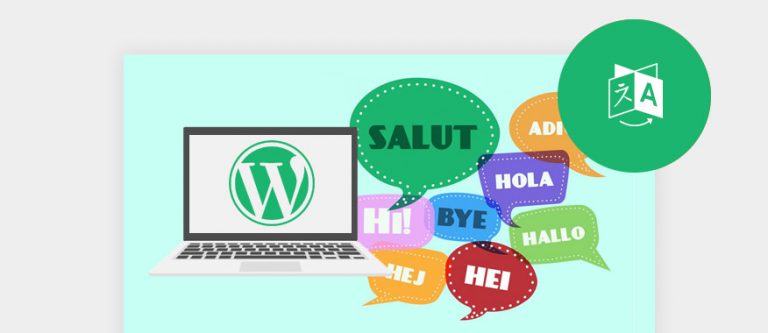Expanding your website’s reach beyond borders is a strategic move, whether you’re managing a professional site, an e-commerce platform, or a site in need of maintenance. One of the most effective ways to achieve this is by making your WordPress website multilingual. In this guide, we’ll explore the importance of multilingual options and how they can help you take your site to a global audience. If you need expert guidance on creating a multilingual website or any web-related service, please contact me at email: afhamzahid5@gmail.com or Phone: +92 315-3212271.
Table of Contents
The Power of Multilingual Websites
A multilingual website allows you to present your content in multiple languages, making it accessible and relevant to diverse audiences around the world. This not only broadens your reach but also enhances user experience.
Why Are Multilingual Options Important?
- Global Audience Reach: By offering content in multiple languages, you can engage with a global audience, increasing the potential for international growth.
- Improved SEO: Multilingual websites can improve your search engine optimization (SEO) efforts, making it easier for users to find your content in their preferred language.
- User-Friendly Experience: Visitors are more likely to engage with a website that speaks their language. A multilingual site provides a more user-friendly experience.
- Cultural Relevance: Adapting your content to different languages and cultures shows that you understand and respect your audience’s needs and preferences.
Creating a Multilingual WordPress Site
- Choose a Multilingual Plugin: To make your WordPress site multilingual, you’ll need a multilingual plugin like WPML (WordPress Multilingual), Polylang, or Weglot. Install and activate the plugin of your choice.
- Translate Content: With the plugin in place, start translating your content. This includes pages, posts, menus, widgets, and any other elements you want to be available in multiple languages.
- Language Switcher: Most multilingual plugins provide a language switcher that allows users to select their preferred language. Customize this switcher to fit your website’s design.
- SEO Considerations: Pay attention to SEO aspects when creating a multilingual website. Use hreflang tags, unique meta titles and descriptions for each language, and ensure that search engines can crawl and index your multilingual content.
- Cultural Adaptation: Beyond translation, consider cultural adaptation. Tailor your content to the cultural norms, preferences, and expectations of your target audience.
Best Practices for Multilingual Websites
- Consistent Design: Maintain a consistent design and layout across all language versions of your site to provide a unified user experience.
- Localized Content: Don’t just translate your content; localize it. Adapt images, idiomatic expressions, and cultural references to resonate with each audience.
- Content Alignment: Ensure that content is consistent across languages. If a blog post refers to a product, make sure the product is available and properly named in all translated versions.
- Professional Translation: Consider professional translation services, especially for important and sensitive content.
- Regular Updates: Keep your multilingual content up to date. Ensure that new content is promptly translated and added to all language versions.
Conclusion
Creating a multilingual WordPress site is a powerful way to reach a global audience, whether it’s a professional site, an e-commerce platform, or a site in need of maintenance. It demonstrates your commitment to inclusivity and respect for diverse cultures and languages.
If you have questions about making your WordPress site multilingual or need expert guidance on web-related services, please contact me at email: afhamzahid5@gmail.com or Phone: +92 315-3212271. I’m here to assist you in taking your website global with multilingual options.




